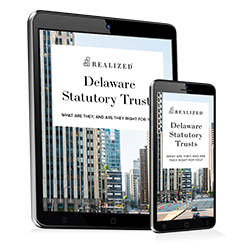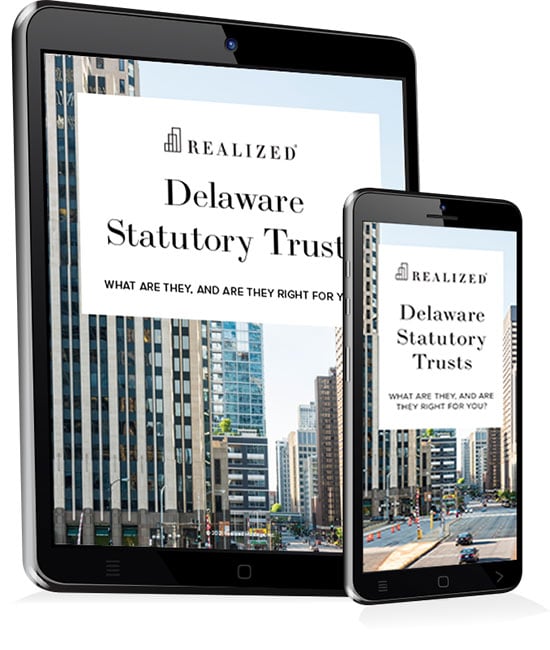
In order to defer paying capital gains taxes when selling an investment property by reinvesting the proceeds into another property, the taxpayer must comply with the parameters established by the IRS for a like-kind exchange under Section 1031. The crucial rules include the following:
- The property must be like-kind.
- The taxpayer must hold the property for investment or business purposes.
- The property asset used for replacement must be equal or greater in value to the property relinquished.
- The seller cannot receive a boot (difference in value between the properties).
- The title of the relinquished and the replacement asset must be in the name of the same taxpayer.
- The taxpayer must identify replacement property within 45 days of the sale of the relinquished property and complete the purchase within 180 days
- A qualified intermediary must manage the transactions and hold the proceeds.
Suppose the taxpayer intends to relinquish an investment property with a value of $10 million. The replacement property or combination of properties must total at least $10 million to qualify for the exchange and avoid any boot. The taxpayer has 45 days to identify the replacement property. Remember that the following are options for the identification:
- Identify up to three potential replacement properties, with no restrictions on their individual or combined market values.
- Identify an unlimited number of replacement properties with a collective total of no more than 200% of the cost of the property sold.
- Identify an unlimited number of potential replacement properties, of which the taxpayer must ultimately purchase at least 95%.
Going back to the example, suppose the taxpayer with the $10 million property is in the identification phase and has identified two properties with a value of $9 million each. The taxpayer needs to find a property valued at $1 million to complete the exchange, or he will pay capital gains taxes on the boot, or gain, due to the difference between the sales price and the purchase price of either of the two replacement properties.
If he considers a Delaware Statutory Trust (DST) for the remaining $1 million investment, then he can proceed to complete the purchase transaction with either identified property and fill in the last portion with a DST holding. Alternatively, suppose the taxpayer is pursuing several properties (option 2 for replacement). If the taxpayer includes a DST in this mix, the amount that needs to be purchased to complete the total cost basis can be determined when the final replacements are selected.
A DST offers several potential advantages in addition to usually being available. The trusts can help achieve diversification from a geographic and market sector perspective. Because DSTs are overseen by a trustee and investors have no active involvement in the management or administration of the subject properties, the structure supports the transition from active to passive investing. Since the trust is the borrower, financing is non-recourse to the taxpayer, which may also be attractive. Through a future 1031 exchange, the taxpayer can later return to a direct property ownership position if preferred.
It’s important to remember that DST investments are subject to Regulation D requirements of the Securities and Exchange Commission, so taxpayers must meet the definition of an accredited investor. Also, they are investments in property assets and, as such, are not liquid. DSTs carry other risks, such as the risk of rising interest rates and that of change to the regulatory environment. Any property investment can depreciate, as well as appreciate, in value. Always consult your tax advisor.



